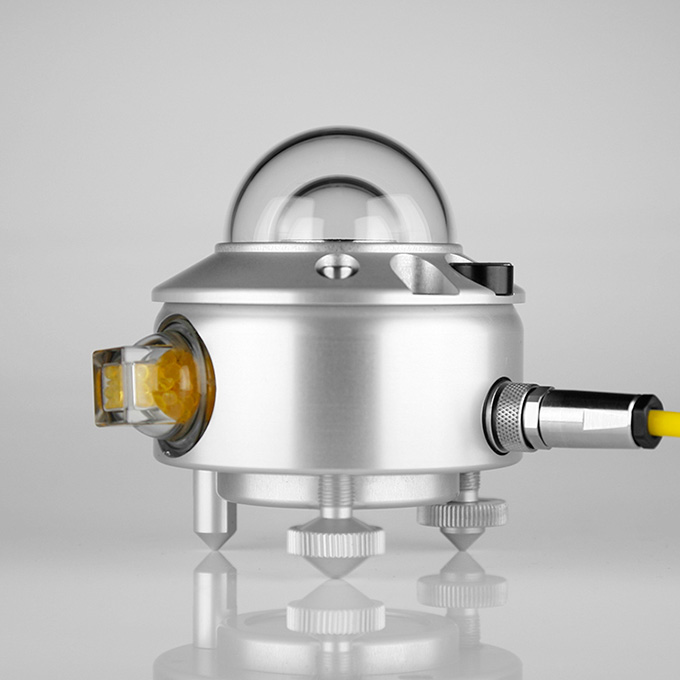Solar Panel Meters on the Market
There are three phases to solar energy (or, generally, any other) project. These are: • Planning • Installation and commission• Operation and maintenance
Here are the different types of meters:
• Pyranaometers, lux meters • Solar Simulators and Analysers • Volt, amp, power meters (DC, and AC) • I-V curve tracers • Thermal imaging cameras
The Pyranometer
This is probably the first meter to use when planning a solar energy installation, whether, photovoltaic (PV), concentrated photovoltaic (CPV), or solar thermal. The pyranometer measures the total solar insolence or solar radiation incident on a point at the earth’s surface. It measures the energy density available at the proposed site. From this, it is possible to estimate the panel area required for a given amount of power production or the power expected from a given number of panels. So, in case the planning and installation are through a contractor, it is the contractor who will need this. 
The Lux meter
The lux meter measures visible solar radiation, or light power only. Lux meters are more appropriately used in planning illumination work indoors but can give a rough idea of the total solar power available in case a pyranometer is not available.
Solar Simulators
A solar simulator is a lamp device that simulates the radiation effect of the sun. It provides radiation approximating natural radiation. The purpose is to be able to carry out tests on panels, screens, and other devices inside a lab.
Voltmeters , Ammeters., A-H counters, and Power meters
These meters are important to monitor the system, for fault isolation and rectification. The current capability will be according to the capacity of the installation. For DC meters the voltage can be up to 30 volts. There are two types of meters fixed and portable. Clamp meters are useful for measuring current without breaking a circuit. A-H counters keep a record of how much battery capacity has been utilized, and how much balance could be expected.
Solar Analyser, I-V Curve tracer
The name may suggest that this instrument will analyze solar radiation. Actually, it analyzes mainly the photovoltaic panels and the system tie-up. It treats the solar panel as an electrical device and measures its parameters, mainly open circuit voltage, short circuit current, and the V-I relations at various current levels. These three things are good indicators of the health of a panel as a whole. For defects within a panel, Infrared cameras may be more useful.
IR Imaging Camera
Sons of the same two parents are different. So are the solar cells produced in the same batch by the same equipment! Cells are connected in series-parallel arrangements. If one or more cells become defective, they can mar the performance of the panel. The best way to locate such cells is IR imaging because defective cells will have a different temperature than the rest. The IR camera is also very good at pointing out loose connections, short circuits, etc because a hot spot is likely to develop there.
AC Energy Meter
In the case of a private installation hoping to feed power to the grid, the energy meter has to be able to measure power two-way, because, the installation may cell power to the grid. There are two major mechanisms for selling to the grid. Net-metering records the ‘net’ energy consumed by the consumer, running forward when consuming and backward when supplying. Feed-in Tariff System accounts separately for the power supplied by the consumer. In the case of analog meters (one may be already installed), a separate meter is required to record the feed-in energy, and generally, a different tariff is fixed. Digital designs are very flexible and should be able to show separate records of power drawn from the and power supplied to it.
Data Logger
As an optional monitoring system, a data logger may be installed. The data available can provide information on generation and usage patterns, and fault data for event analysis and future planning.
Applicable Standards
ANSI C12.20 specifies the physical and performance parameters of electrical meters in the USA. Elsewhere, they use IEC.
